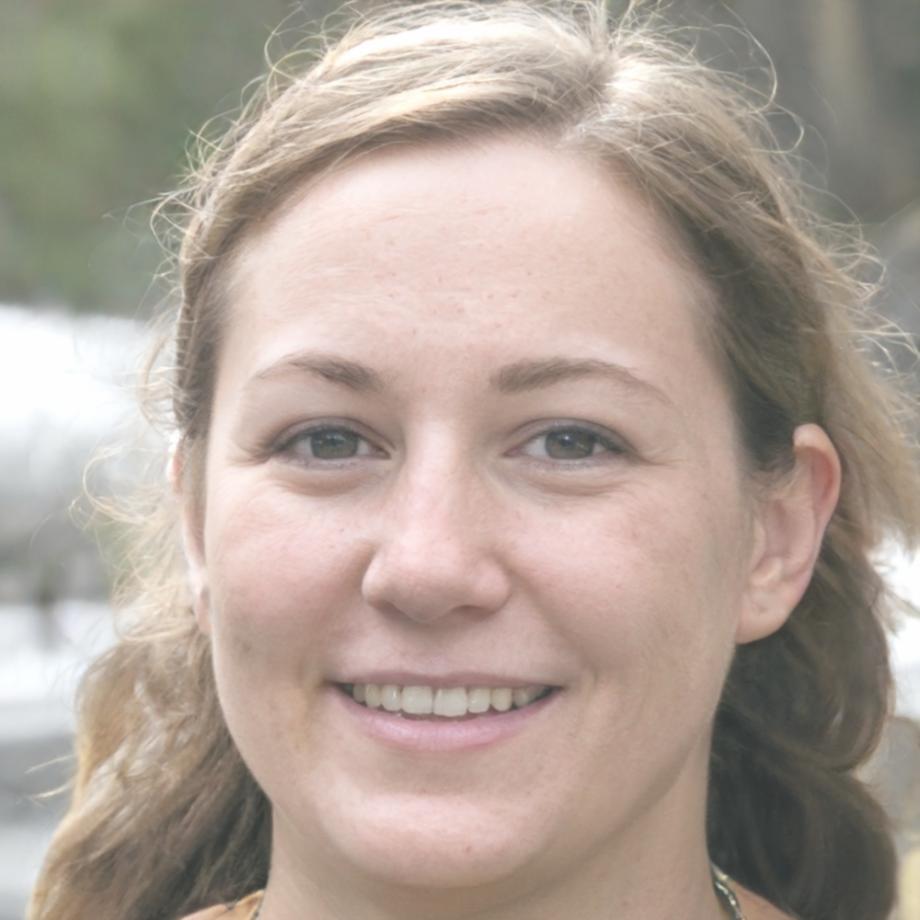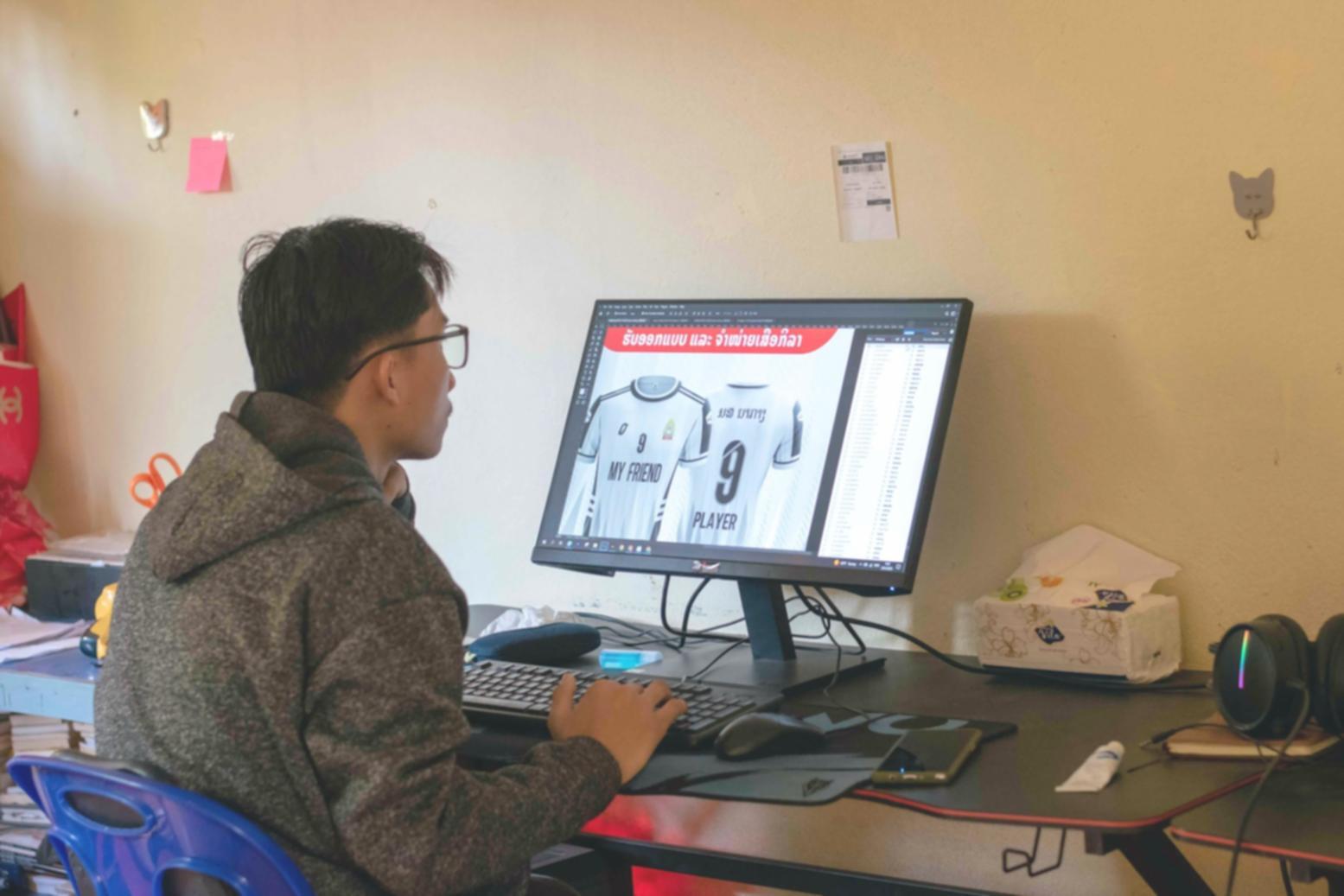Real Conversations, Better Outcomes
Back in 2019, we started calvorenex because too many business owners were sitting across negotiation tables feeling completely out of their depth. Not because they weren't smart or capable—they just hadn't learned the specific skills that turn tense discussions into productive agreements.
We've spent the last six years working with hundreds of Australian businesses, and honestly? The patterns are pretty clear. When people understand the mechanics of negotiation and financial decision-making, they stop leaving money on the table. They build stronger supplier relationships. They find creative solutions instead of walking away from deals.
What We Actually Believe
These aren't corporate buzzwords pulled from a consultant's playbook. They're the principles that shape how we design programs and work with participants.
Practical Over Theoretical
You won't find us teaching abstract negotiation frameworks that sound impressive but fall apart in real meetings. Every technique we cover comes from actual business situations—supplier contracts, partnership terms, client agreements.
Context Matters
A negotiation with your biggest client needs different tactics than one with a new vendor. We spend time on when to use specific approaches, not just how they work in isolation.
Numbers Tell Stories
Financial literacy isn't about memorizing formulas. It's about reading cash flow statements and understanding what they reveal about leverage, timing, and risk in your negotiations.
How This Started
The founding team met while consulting for mid-sized manufacturers around Newcastle. We kept seeing the same problem: owners who built incredible products but struggled when it came to pricing discussions or payment terms.
One client—a fabrication business doing $2M annually—was consistently underpricing jobs because the owner felt uncomfortable discussing money. Another had great margins but terrible cash flow because they didn't understand how to structure payment schedules.
These weren't failures of intelligence. They were gaps in specific, learnable skills. So we built a program that addressed them directly, starting with weekend workshops in 2019. By 2021, we'd moved to structured courses. Now we're planning our autumn 2025 intake with waiting lists.
What changed? Word got around that participants were actually getting different results—not overnight transformations, but measurable improvements in deal outcomes over 6-12 months.

Our Teaching Method
Most negotiation training either oversimplifies things into "win-win" platitudes or drowns you in academic theory. We've tried to find the middle ground—concrete enough to use next week, sophisticated enough to handle complex situations.
Start With Real Scenarios
Every module begins with actual business situations from our case library. You'll analyze what went wrong in failed negotiations, what worked in successful ones, and why context shaped those outcomes. No hypotheticals about buying cars or splitting oranges.
Build Financial Fluency
Understanding balance sheets and cash flow statements isn't optional—it changes how you approach every negotiation. When you can read a supplier's financials, you understand their pressure points. When you know your own numbers cold, you negotiate from confidence instead of anxiety.
Practice Under Pressure
We run simulations where you're negotiating with time constraints, incomplete information, and competing priorities. Because that's what real negotiations look like. The feedback comes from people who've closed these deals themselves, not textbook authors.
Adapt To Your Context
Construction procurement works differently than professional services contracts. Retail supplier negotiations have different dynamics than manufacturing partnerships. We adjust examples and exercises based on the industries represented in each cohort.
Who Runs This
We're a small team—intentionally so. Everyone teaching has negotiated deals themselves, usually over many years. That matters because theory only gets you so far.

Kieran Blackwell
Lead Instructor
Spent fifteen years in procurement for mining companies before switching to education. Knows supplier negotiations inside out, particularly around contract terms and risk allocation. Still consults occasionally, which keeps the course content current.

Freya Thornhill
Program Director
Background in corporate finance and mergers. Designed our financial analysis modules after realizing how many business owners struggle to interpret the numbers that should inform their negotiation strategy. Also handles program logistics and participant support.




What's Next
We're planning to run three cohorts in 2025—one starting September, another in November, and a final group in early 2026. Each takes 16-20 participants maximum, because the quality drops when groups get larger.
The waiting list has been growing since our January intake filled in November 2024. If you're considering joining, getting on that list now makes sense. We prioritize people who've been waiting longest when spots open.
We're also developing specialized modules for specific industries—construction, professional services, and retail have unique negotiation dynamics that deserve focused attention. Those should launch in mid-2026.
Honestly, the goal hasn't changed since 2019. We want business owners walking into negotiations feeling prepared instead of anxious. Everything else follows from that.